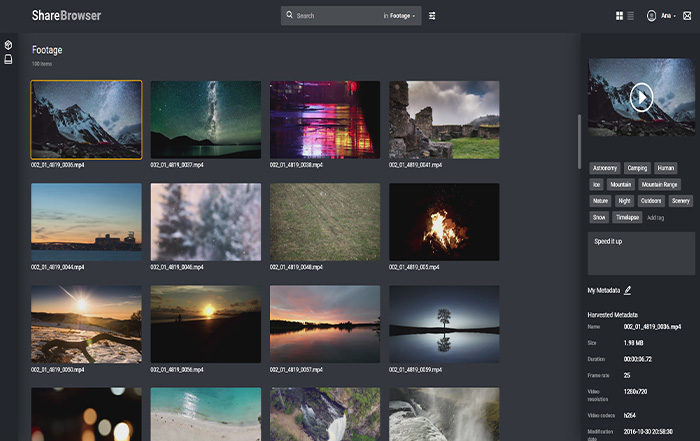


On the other hand, DaVinci Resolve 16 Studio version is not free users have to pay in order to install the software, but it allows users to make upgrades of future releases without paying any money. The big problem I have right now is due to Nvidia driver with kernel 4.18 but thanks to a snapshot of the previous kernel I can work without problems. DaVinci Resolve 16 has a free version which is free because it can be downloaded and be installed on PC (Windows, Mac, and Linux) without paying any money. Installing DaVinci Resolve in Linux is not the easiest thing to do despite having native support. In most cases, you need an Nvidia GPU to run this software. If you have a recent Intel or AMD APU, then your integrated GPU may run DaVinci Resolve on your device.

Install Required Drivers DaVinci Resolve is heavily dependent on GPU processing. Usually I move to the installation folder (/opt/resolve/bin) and issue the command QT_DEVICE_PIXEL_RATIO=2. Select and download the Linux binaries and save them in your download folder. The integration of Fusion inside make this a real competitor for Premiere + After Effect for small/medium project.įor h264 support this is a shame but I use this ffmpeg command to convert all media to a compatible format.įfmpeg -y -i "$FILE" -c:v libxvid -c:v mpeg4 -force_key_frames "expr:gte(t,n_forced*1)" -b:v 250000k -c:a pcm_s16le "$.mov"įor people out there that have a HiDPI screen like mine you should start DaVinci Resolve by prefixing QT_DEVICE_PIXEL_RATIO=2 before launching the executable. I am mounting my vacation video with DaVinci Resolve, the overall experience is not so great at the beginning but after fixing some issue is a joy using it and knowing that a suite like that exist on Linux.


 0 kommentar(er)
0 kommentar(er)
